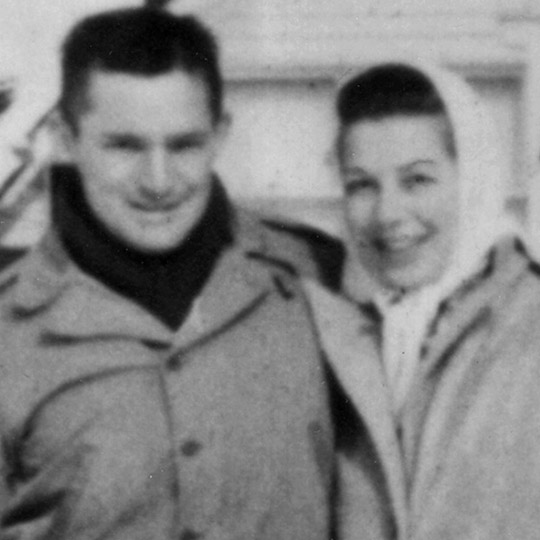Sam's idea that success was built on deep discounts and rural markets was bigger than the franchise model. In Rogers, Arkansas, in 1962, this idea became the first Walmart.
Back to
Top
Walmart is Born

The Next Big Idea
In 1960, Sam Walton owned nine Ben Franklin variety stores and was doing over a million dollars in business each year. But future prospects for variety stores were limited. “By then, I knew that the discount idea was the future,” he said. In 1962, he opened his first “Wal-Mart Discount City,” in Rogers, Arkansas. Two years later, he opened two more Walmarts, one in Harrison and another in Springdale. From its hub in Bentonville, Walmart expanded into Missouri and Oklahoma, bringing low prices to underserved rural communities. The new stores delighted customers. One newspaper proclaimed, “Cost of living goes down in Claremore, Oklahoma!”
I had no vision of the scope of what I would start. But I had confidence that as long as we did our work well and were good to our customers, there would be no limit to us.
Folks Were Skeptical
Sam later recalled that in the beginning, “Most folks … were pretty skeptical of the whole concept.” In 1962, David Glass, who would join Walmart 14 years later, attended the opening of the Walmart in Harrison, Arkansas. His candid impression? “It was the worst retail store I had ever seen.”
But Sam saw great opportunity, dedicated associates, and enthusiastic customers. After those first stores opened, he said, “I knew we were onto something. I knew in my bones it was going to work.”

Sam's ledger. The entry for November 22, 1963, includes the assassination of President John F. Kennedy.

Bud Walton, David Glass, and Bob Bogle discuss the first two Walmarts and Sam’s innovative strategies and showmanship.
Watch video
Action Alley
Walmart customers could find some of the biggest bargains in Action Alley, the wide horizontal aisle running left and right across the store, closest to the checkout counters. This is where “Volume Producing Items” (or VPIs) were stacked, sometimes floor to ceiling. Walmart executives would compete to find the most profitable VPI, buying in huge amounts at rock-bottom prices and passing on the savings to customers. Big sellers included antifreeze, toothpaste, detergent, mattress covers, Thermos® bottles, and many others, including Sam’s favorite, the Moon Pie.





















